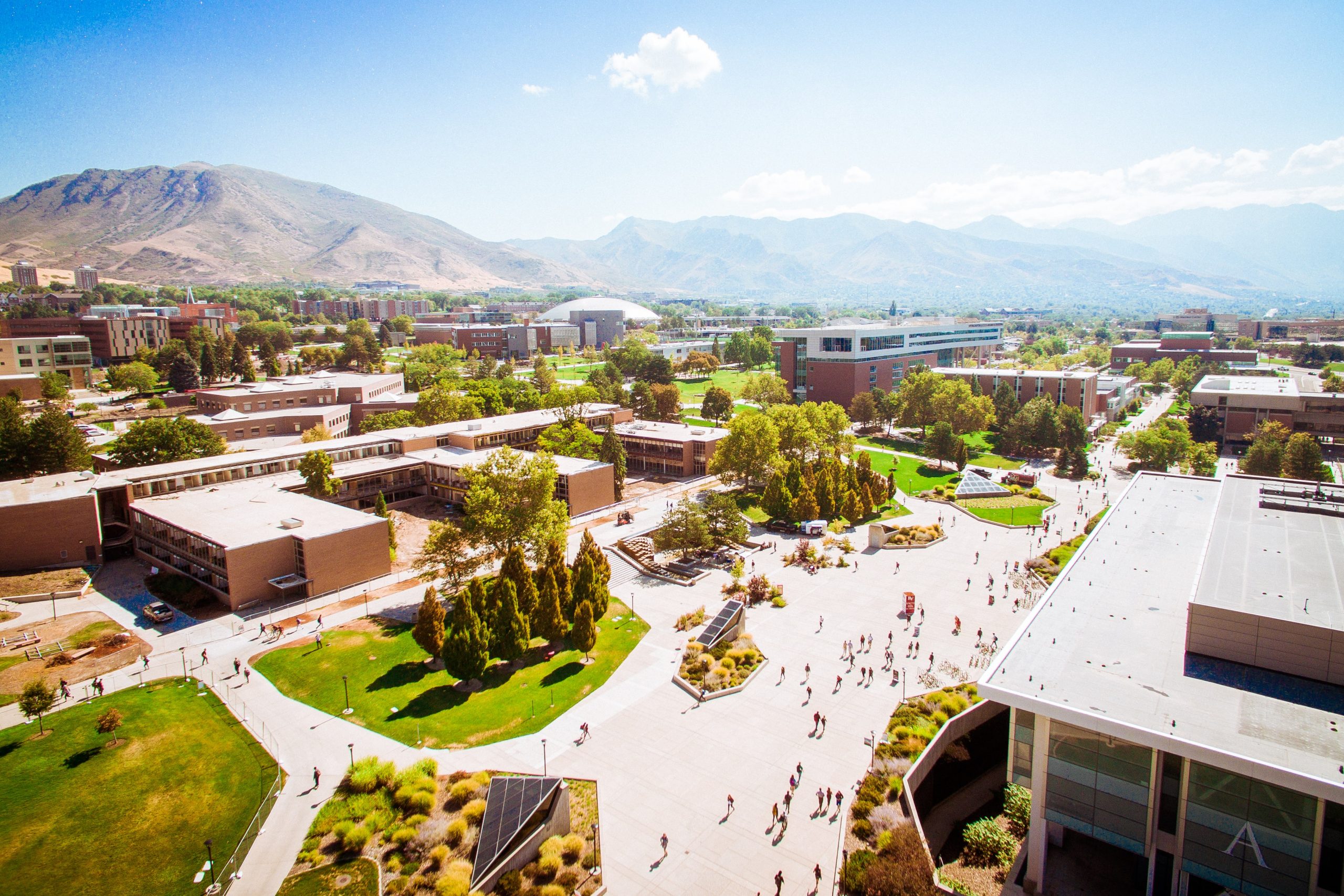Costs of a degree in the US

Why do the costs differ so much?
The big difference between universities is caused primarily by the varying tuition. There is no national organization in the US that sets tuition levels; universities and colleges are more or less free to set it themselves. Tuition at state universities is generally lower than at private universities because state universities are partially subsidized by the governments of the states in which they are located. The subsidy given must primarily benefit residents of the state. Therefore, state institutions often charge two tuition rates: one for students from the state (in-state tuition), and one for other students (out-of-state tuition). The latter amount is always higher, but is often lower than at private institutions. On the other hand, private institutions are sometimes actually able to offer good scholarships, so the final cost is not much different.
A second factor that determines the large differences in costs is the location of the university. The cost of living varies by region: living in the Northeast or on the West Coast of the United States, for example, is more expensive than living in states in the middle of the country. In addition, living expenses at rural universities are generally significantly less than living at a university in a large city.
Cost of your studies
The total cost of studying in the US varies greatly, depending on university, location, and scholarships. On average, for a full bachelor’s degree, you should expect to pay between $20,000 and $60,000 per year of study. In rare cases, very talented students qualify for full scholarships.


